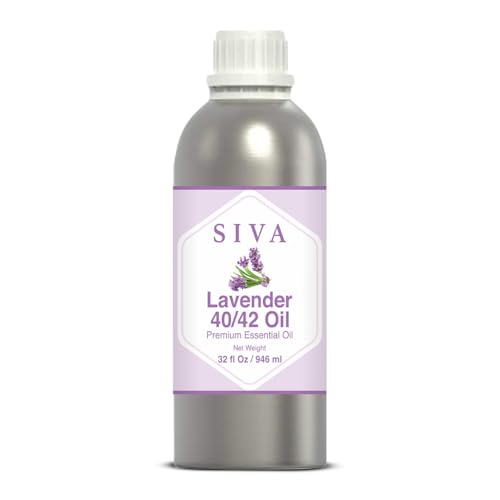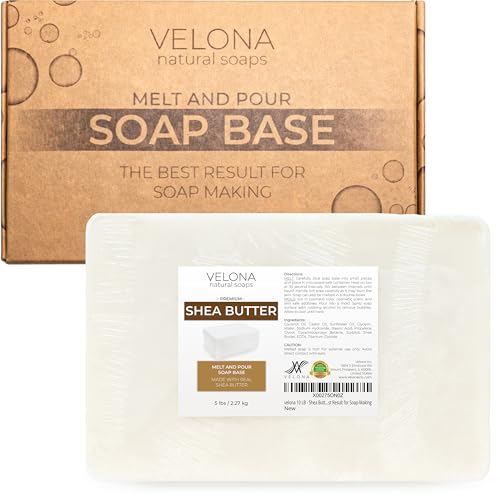When mixing a 50:50 lye solution, I often get a thin crystallized film on top of the solution. Generally, I stir it back in and things seem okay.
Last night, I was preparing to make a small batch of soap when something came up. I had already mixed my 50:50 lye solution (I had planned on adding CM later). So, I just put my lye solution away in a safe place and saved it for this morning.
This morning, the crystallized layer on top seemed a bit thicker. When I stirred with a spoon, there are now little flakes floating througout the lye solution. I tried putting my lye container in a warm water bath, but that doesn't seem to be helping.
I have always bought my lye from BA, but the crystallization/flakes has happened on more than one occasion when I make a 50:50 solution.
Has anyone else encountered this issue? Is it okay to use? I am worried about lye pockets. I would really appreciate any thoughts or suggestons.
Last night, I was preparing to make a small batch of soap when something came up. I had already mixed my 50:50 lye solution (I had planned on adding CM later). So, I just put my lye solution away in a safe place and saved it for this morning.
This morning, the crystallized layer on top seemed a bit thicker. When I stirred with a spoon, there are now little flakes floating througout the lye solution. I tried putting my lye container in a warm water bath, but that doesn't seem to be helping.
I have always bought my lye from BA, but the crystallization/flakes has happened on more than one occasion when I make a 50:50 solution.
Has anyone else encountered this issue? Is it okay to use? I am worried about lye pockets. I would really appreciate any thoughts or suggestons.















































